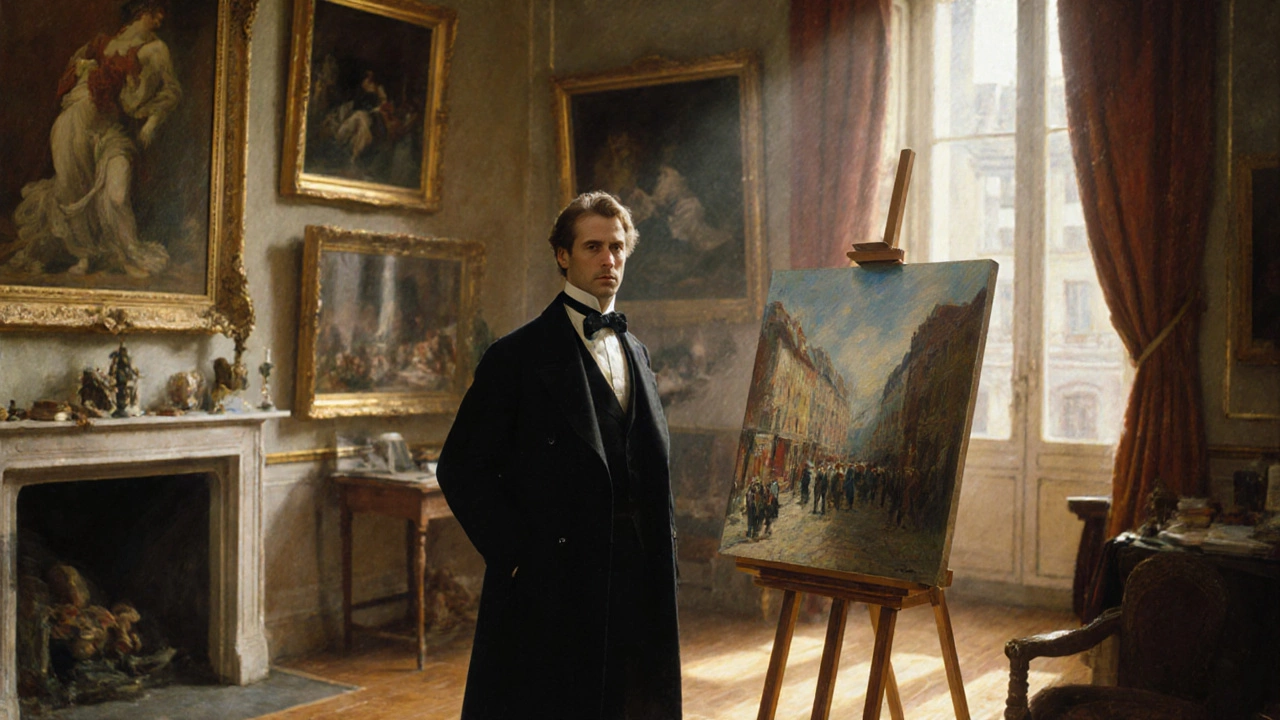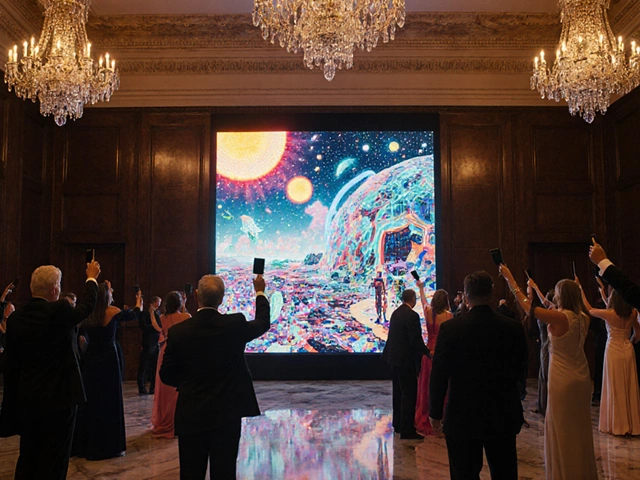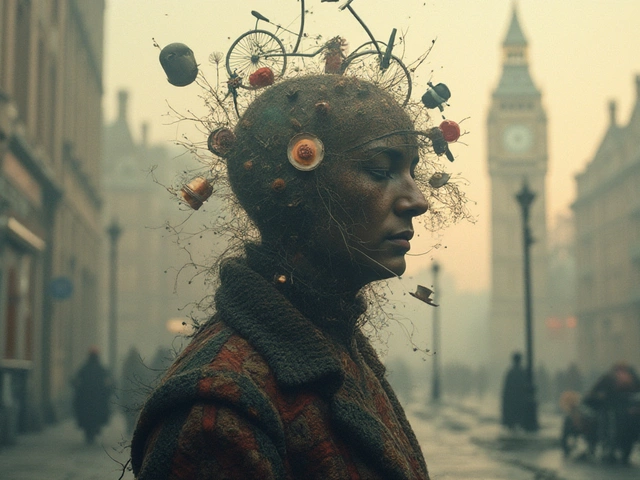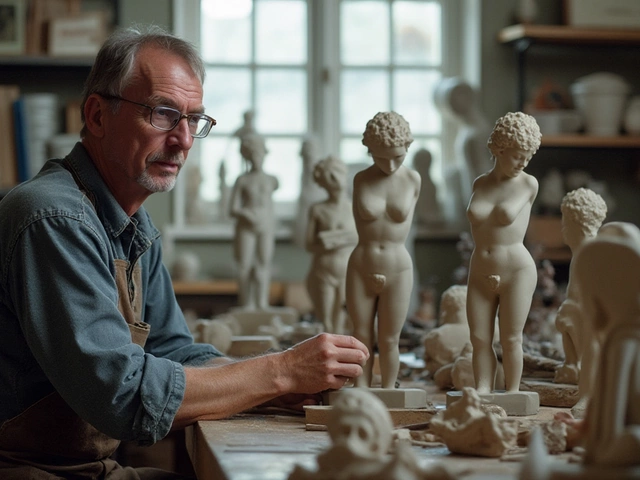Salon des Refusés – A Guide to the Iconic Alternative Exhibition
When exploring Salon des Refusés, a historic alternative exhibition that showcases works rejected by official salons. Also known as refused salon, it challenges mainstream taste, gives voice to fringe artists, and forces the art world to re‑think standards. The Salon des Refusés began in 1863 after an uproar over rejected paintings at the Paris Salon, and it set a template for any show that says “we’ll display what the jury won’t.” This template lives on in modern alternative exhibition, events that operate outside official academy rules and in pop‑up shows that champion experimental media. By providing a public forum for the “unacceptable,” the Salon reshaped the relationship between artists, critics, and buyers, turning rejection into a badge of innovation.
Why the Salon des Refusés Still Matters
At its core, the avant‑garde art, creative work that pushes boundaries and defies conventional aesthetics thrives on the kind of exposure the Salon first offered. Many of today’s hottest movements—abstract expressionism, conceptual art, street art—trace their confidence back to early refusals. The Salon’s legacy also ripples through the art market, the economic system that buys, sells, and values artworks. Collectors often chase pieces that once caused scandal, betting on the historical narrative that “rejected” equals “future classic.” This dynamic creates a feedback loop: the more a work is labeled a refusal, the more attention it draws, and the higher its market potential. Artists today study past refusals to gauge how far they can stretch their practice before institutions catch up, turning the Salon’s rebellious spirit into a strategic career move.
Looking ahead, the Salon des Refusés model adapts to digital platforms, pop‑up galleries, and community‑driven festivals. Whether you’re a budding painter worried about jury bias, a sculptor testing hyper‑realist techniques, or a photographer eyeing fine‑art sales, the alternative exhibition provides a low‑risk, high‑visibility launchpad. Expect to see more hybrid shows—online galleries that host “refused” digital prints, workshops that teach grisaille or scrubbing techniques, and pricing guides that demystify how to charge for portrait work after a rejection. All of these resources reflect the Salon’s enduring promise: art that challenges the status quo will always find an audience. Below you’ll find a curated collection of articles that dive deeper into realistic sculpture terminology, grisaille history, portrait surface choices, and many other practical topics that help you navigate the world of refused and celebrated artworks alike.
Who Is Considered the First Modern Artist? - Answer and History
Discover why Édouard Manet is recognized as the first modern artist, his groundbreaking works, and how he reshaped art history.
Continue Reading




